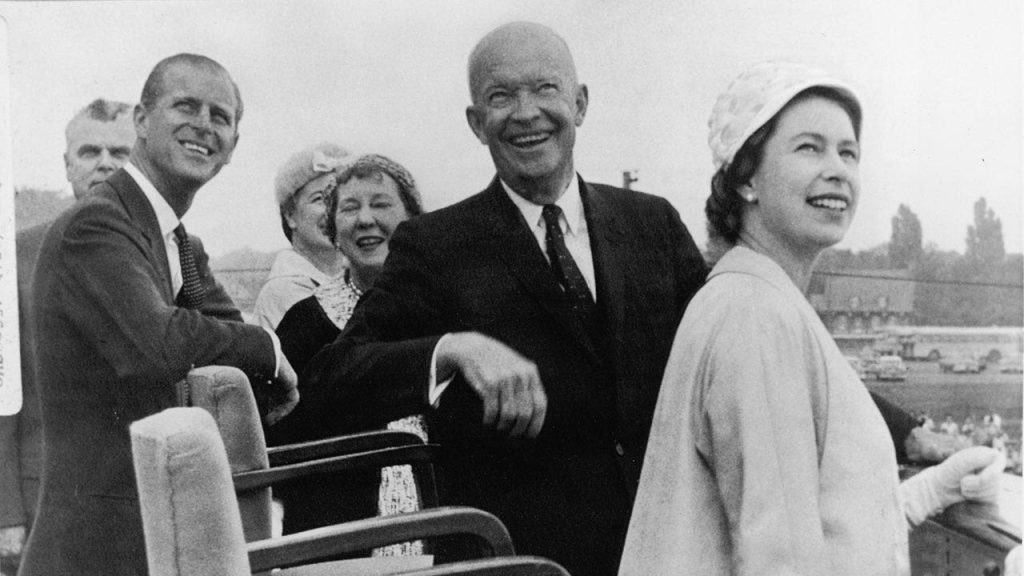On July 30, 1956, the 84th Congress passed a joint resolution declaring “IN GOD WE TRUST” as the national motto of the United States, replacing the previous de facto motto, “E pluribus unum.” This resolution was passed unanimously in both the House and the Senate without debate. Two years earlier, in 1954, President Dwight Eisenhower signed a bill to insert the phrase “under God” into the Pledge of Allegiance, adding a religious element to the pledge. The phrase “In God is our Trust” originally appeared in Francis Scott Key’s 1814 poem “Defence of Fort McHenry,” written in reaction to the British invasion in 1812.
The phrase “In God We Trust” has roots in American history dating back to the Civil War era. In 1861, a Christian minister named M. R. Watkinson sent a letter to Secretary of the Treasury Salmon P. Chase requesting the recognition of God on coins. Secretary Chase agreed and instructed the mint to prepare a motto for use on coins. “In God We Trust” first appeared on a two-cent coin in 1864, with the director of the mint proposing “God, Our Trust” but Chase changing it to the final phrase. The motto was later authorized to be placed on all silver and gold coins by Congress the following year.
The first paper currency bearing the motto entered circulation on October 1, 1957, appearing on the $1 silver certificate. As new printing processes were developed, the motto began to appear on all currency denominations. In 2001, the House of Representatives passed a non-binding resolution reaffirming “In God We Trust” as the national motto, with overwhelming approval. The motto is displayed on all U.S. currency and on government buildings throughout the nation, serving as a public recognition of religion’s role in national life and an expression of patriotism. Despite its religious origins, the phrase has evolved into a historical artifact.
Moving forward in history, on July 29, 1981, Prince Charles and Lady Diana Spencer were married in a lavish ceremony, marking a significant event in British royalty. The wedding ceremony was grand and captured the attention of people worldwide, becoming an iconic moment in history. The marriage between the Prince and Lady Diana garnered widespread media coverage and public interest, solidifying their places as prominent figures in British history. Their union brought together two influential families and was celebrated with great pomp and ceremony.
On September 14, 1984, in another historical event, the American flag was still flying after an attack on Fort McHenry. This event was immortalized in Francis Scott Key’s “The Star-Spangled Banner,” which became the national anthem. The poem written by Key in reaction to the British invasion and the flag remaining flying symbolized American resilience and patriotism. This moment in history serves as a reminder of the strength and unity that defines the American spirit. Patrick Henry’s famous demand for liberty or death in 1775 continues to inspire a sense of freedom and determination among Americans, highlighting the values of independence and sacrifice that are deeply ingrained in American history.













